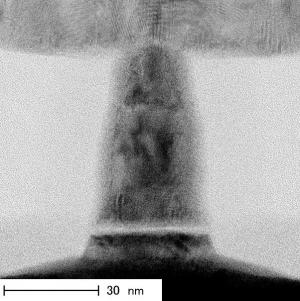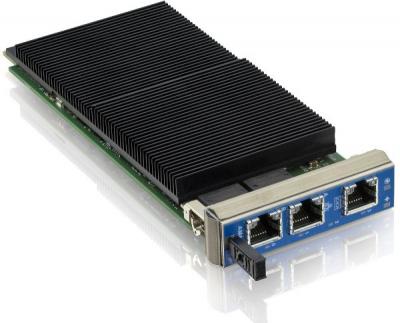Toshiba and Hynix to co-develop and produce MRAM products

 Toshiba and Hynix announced an agreement to jointly develop MRAM products. Once the development is complete, the companies intend to establish an MRAM production plant together. We believe the companies intend to develop STT-MRAM technology.
Toshiba and Hynix announced an agreement to jointly develop MRAM products. Once the development is complete, the companies intend to establish an MRAM production plant together. We believe the companies intend to develop STT-MRAM technology.
Toshiba has been developing STT-MRAM for quite some time, and just a few days ago reported a breakthrough MTJ device that could pave the way towards Gigabit MRAM devices. They expect such chips within 3-4 years, so that's probably the same time frame on the new JV with Hynix.


